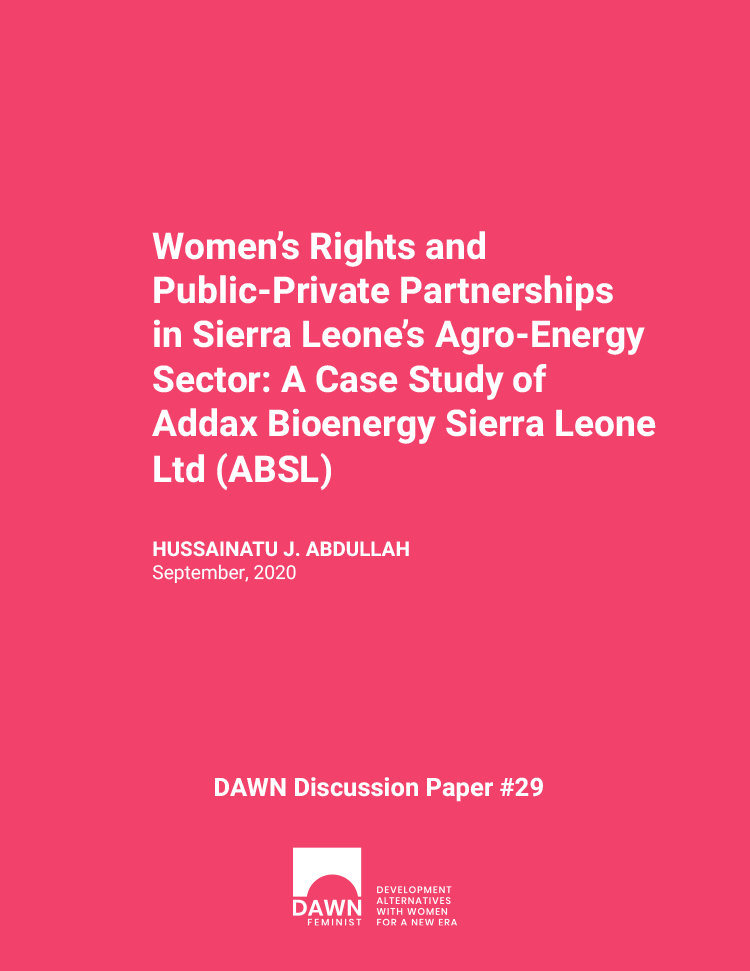Introduction
The near-total destruction of Sierra Leone’s ailing infrastructure during the country’s civil war was a stumbling block in the nation’s post-war development. The Government of Sierra Leone (GoSL) put the restoration of the infrastructure sector as one of the pillars of its post-war development agenda. The aim was to move the country from post-war humanitarian assistance to socio-economic development and poverty reduction. To achieve this goal, the GoSL sought counsel from the World Bank’s Public-Private Infrastructure Advisory Facility (PPIAF) in 20091. The PPIAF provided technical assistance to support public enterprises entering into long-term contractual arrangements with private sector service providers, and to develop minimum standard and regulations governing private-public partnerships (PPPs) contracts2. Their effort resulted in the inclusion of PPP as a funding mechanism for Sierra Leone’s infrastructure development in the ‘Agenda for Prosperity’, the country’s third generation poverty reduction strategy (PRS) (2013-2018)3.
Since then, the PPP financing model has been operationalised and several projects have been instituted. Even though the main actor pushing Sierra Leone’s PPP agenda, the World Bank Group, is promoting gender equality in PPPs, Sierra Leone’s PPP legal framework is gender insensitive. In order to understand the issues of gender equality and PPPs in Sierra Leone, this paper will be divided into two broad sections. The first section provides background context on the concepts, the infrastructure sector, the PPP regulatory framework and the energy and agriculture sectors. The second section focuses on Addax Bioenergy Sierra Leone Limited (Addax/ABSL), the case study for this report looking at women’s rights, resistance and struggles against Addax Bioenergy, the social and economic impacts of ABSL and the downsizing of the addax and the transfer to Sunbird energy.

